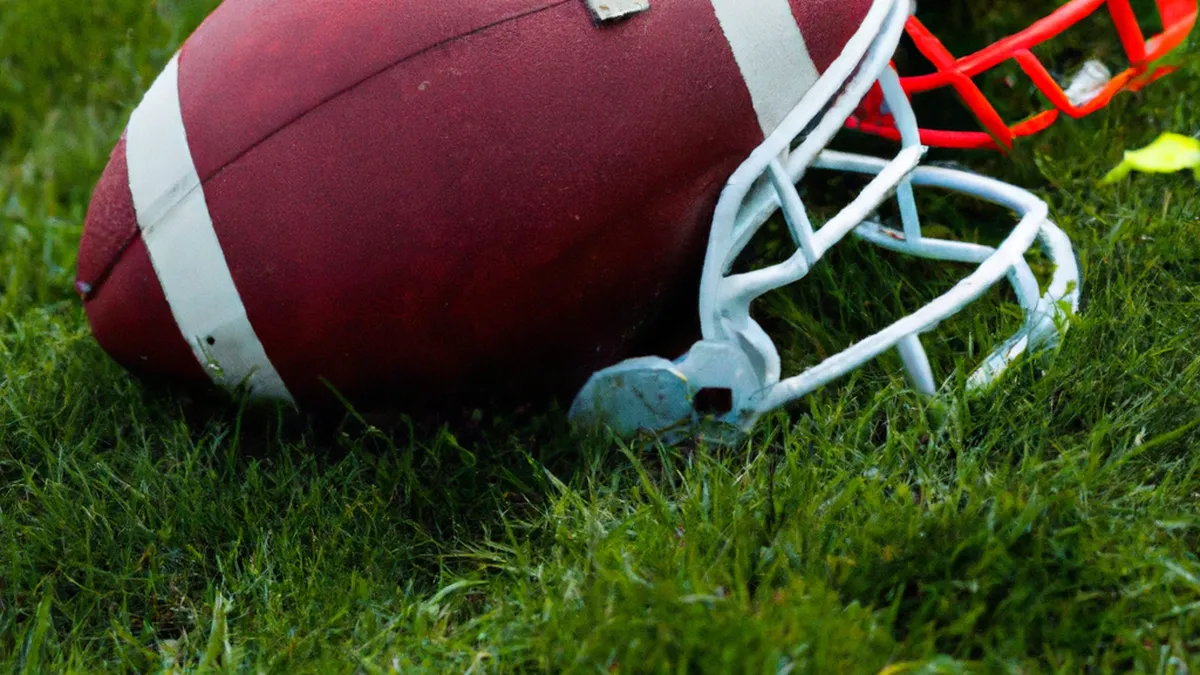Recovery Times: Key to Athletic Success
Analyzing Recovery Times and PerformanceAthletes and fitness enthusiasts must understand recovery times. These times directly impact performance, progress, and health. This blog post explores how to analyze recovery times, improve performance, and maximize your training results.
The Importance of Recovery Times
Recovery times indicate how long your body needs to heal after exercise. This process is crucial for muscle repair, strength gains, and injury prevention. Intense workouts demand adequate recovery time for rebuilding and strengthening. Insufficient recovery can lead to overtraining, fatigue, and burnout, derailing fitness goals.Many athletes underestimate recovery’s importance. They focus on workouts while neglecting healing time. Analyzing recovery times enhances performance, enabling more effective and efficient training.
Factors Influencing Recovery Times
Several factors affect recovery duration. Understanding these factors helps you tailor your training and recovery protocols:1. **Intensity of Exercise**: High-intensity workouts require longer recovery. Muscles experience strain and micro-tears that need repairing. Greater intensity demands more recovery time.2. **Duration of Exercise**: Longer workouts lead to greater fatigue. The more you exert yourself, the longer your body needs to recuperate. Endurance athletes may need days to recover from long runs.3. **Nutrition**: Proper nutrition significantly influences recovery. Adequate protein repairs muscle tissue, while carbohydrates replenish glycogen stores. A balanced diet speeds up recovery.4. **Sleep Quality**: Quality sleep is essential for recovery. The body repairs itself and releases growth hormones during sleep. Insufficient sleep hinders recovery, causing fatigue and decreased performance.5. **Age and Genetics**: Age and genetics affect recovery times. Younger athletes often recover faster due to robust physiological processes. Genetic factors also influence how quickly your body repairs itself.6. **Stress Levels**: Mental and emotional stress impacts recovery. High stress increases cortisol production, hindering muscle repair. Mindfulness practices or relaxation techniques can improve recovery times.
Tips for Analyzing Recovery Times
Implement these strategies to analyze your recovery times effectively:1. **Track Your Workouts**: Maintain a detailed log of workouts, noting intensity, duration, and type. This data helps identify recovery patterns and adjust training.
Conclusion
As an Amazon Associate I earn from qualifying purchases.
Gear tip: consider ergonomic footrest, compression sleeves, and compression socks to support this topic.
Understanding recovery times enhances athletic performance and health. Prioritize recovery to maximize your training outcomes.
Below are related products based on this post:
FAQ
Why are recovery times important for athletes?
Recovery times are crucial as they indicate how long the body needs to heal after exercise. Adequate recovery is essential for muscle repair, strength gains, and injury prevention. Insufficient recovery can lead to overtraining, fatigue, and burnout, negatively impacting fitness goals.
What factors influence recovery durations?
Several factors affect recovery times, including the intensity and duration of exercise, nutrition, sleep quality, age, genetics, and stress levels. High-intensity workouts and longer durations typically require more recovery time. Proper nutrition and quality sleep also play significant roles in enhancing recovery.
How can I effectively analyze my recovery times?
To analyze recovery times effectively, maintain a detailed log of your workouts, including intensity, duration, and type. This data will help you identify patterns in your recovery and make necessary adjustments to your training regimen for optimal performance.















Post Comment